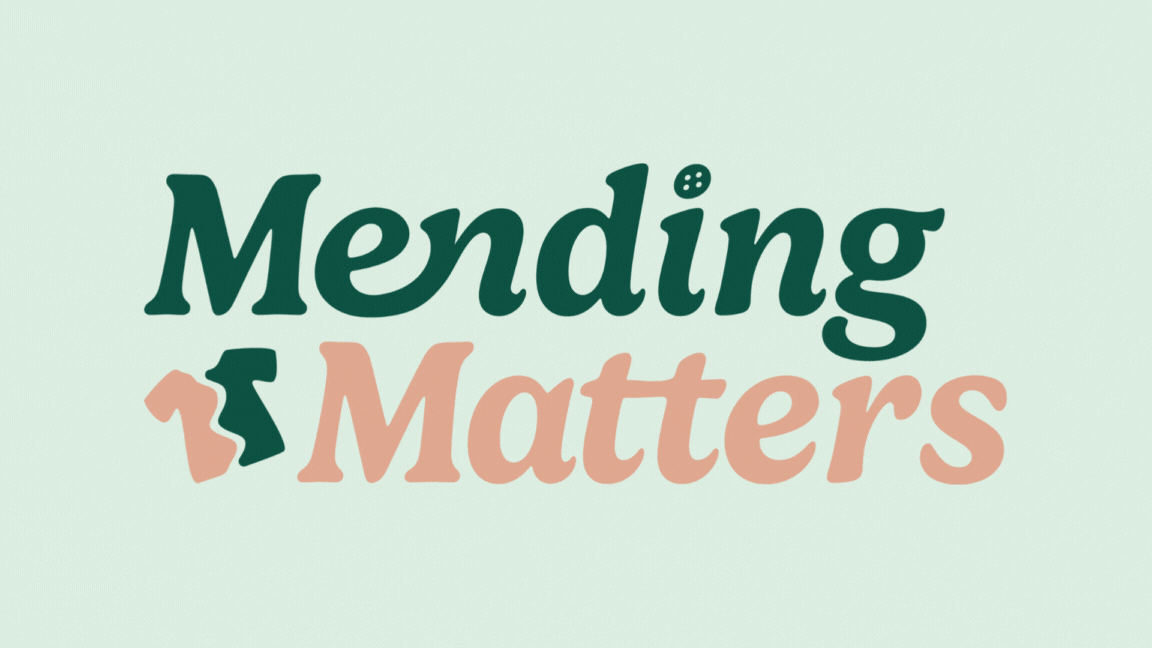Content Considerations
- katherinecostain
- Mar 1, 2023
- 3 min read
Updated: Mar 7, 2023
This week I'm starting to sift through our collected content so far, noting things that are feasible with our time constraints and could be impactful to include.
Specifically, I started looking at open source initiative "Fixing Fashion." Visit their website here . Along with teaching our audience about the harms of the fashion industry and how to combat those harms with thrift/vintage shopping, hand-me-downs, and local sustainable brands and vendors, we want to encourage people to extend the life cycle of clothing they already have. People aren't eager to mend their clothing in ways that simply conceal the hole or blemish on the article of clothing, but perhaps if the technique they applied revamped the clothingpiece they'd be more apt to try. Fixing Fashion uses mending, re-making, and re-decoration methods that makes "new" unique articles of clothing from what we already have. They have tutorials in different difficulty ranges (beginner, intermediate, professional) and a variety of techniques.
Because this is an open source project and their licensing agreement I read states we can use their information freely, my understanding is that we can use their content directly. They have videos we could transcribe and written tips we could include in our guide, and we talked about me producing one or more of their examples for our exhibition display. We think it could be powerful to have that physical example for people to engage with as something they could produce through our workshop and see it isn't too complex. Any examples we use would be beginner-friendly because of our audience, and we'll be conscious of materials required, aiming for examples that use as little equipment possible since most people don't own or know how to use sewing machines. Our purpose isn't to get people to go buy a bunch of materials and equipment they wont use. Below are some examples I selected that I could do myself:

These examples are very simple, the combining two shirts example being the only one requiring a sewing machine, yet they make a completely unique piece for the person making it. I think this is how we can "sell" the idea to our target audience. Exclusivity is cool!
Name Brainstorming

The other thing I started to do was create a mindmap for brainstorming names for our concept/brand. Some key terms Caitlyn noted for our brand were: education, DIY, local, sustainable, initiative, and development. With these terms I started branching out with associated words and ideas. Nothing concrete has come out yet but it got me thinking about what values and/or story our brand name should convey.
It got me asking questions like: yes our audience is Nova Scotian based and Nova Scotian local initiatives are a major component, but do we want it to (hypothetically) stay that way forever, or could it expand to regional initiatives nationally or even globally? So should the location be part of the main name or is it a branch off of it? The word mend sticks out to me as a word with potential. To mend something is to "repair something that is broken or damaged." The word mend is commonly used in textiles and could be applied to the initiative Caitlyn and I are taking—we are trying to "mend" the fashion consumption habits of Nova Scotians. Combining this direction with that local/community aspect could make a memorable name.
Next Steps...
To get the ball rolling means sitting down with Hu to discuss our design brief which will need to happen this Friday for us to proceed 😁. Having a professional opinion on quantity and range of content needed for this to be a success will build confidence in our idea.



Comments